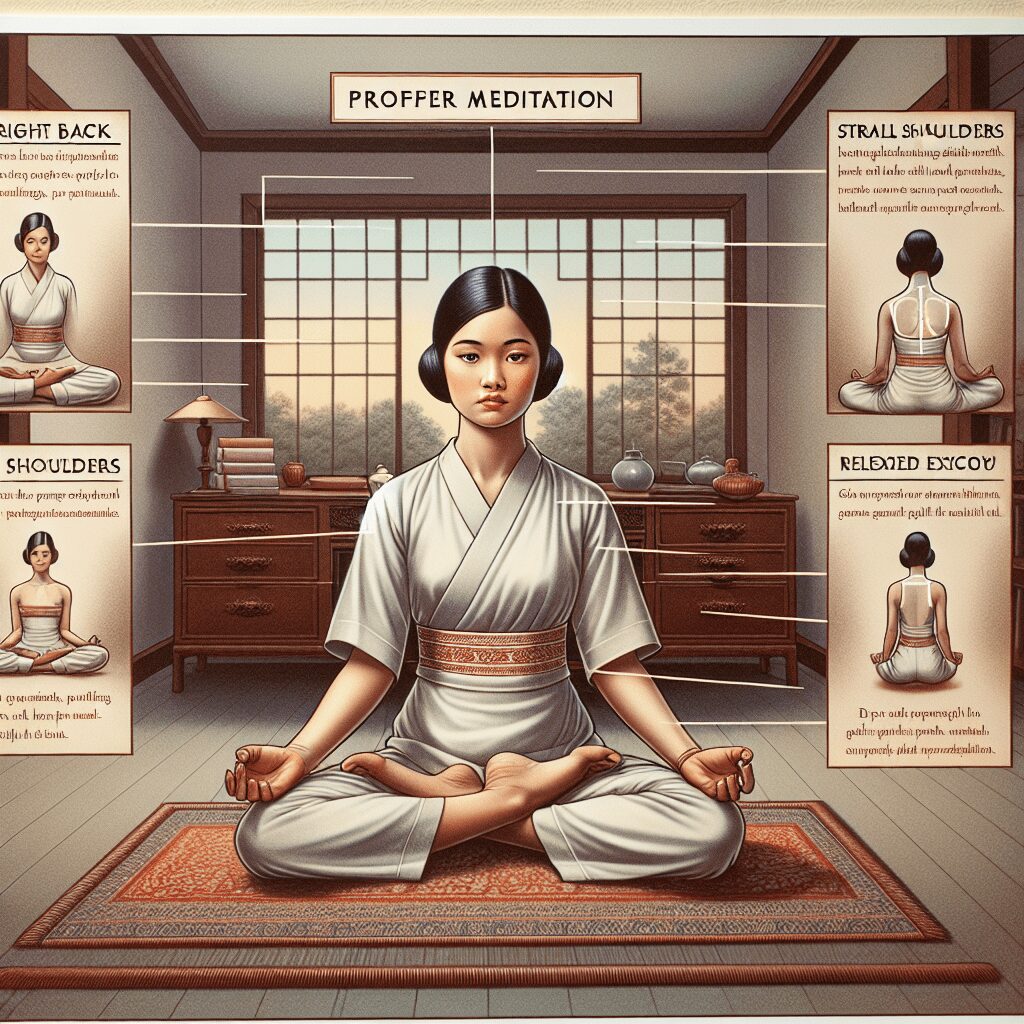
Prioritize your mental well-being daily. Enhance your life by nurturing your mental health with the Smart Meditation app. Break free from stress, alleviate anxiety, and enhance your sleep quality starting today.
How Did Bhudha Propose Meditation?
Unraveling the Zen of Buddha’s Meditation Proposition
In a world constantly buzzing with action, the serenity of meditation offers a respite that many seek but few truly understand in its ancient depth. The philosophy of meditation, as proposed by Gautama Buddha, stands as a beacon of inner peace and enlightenment. So, how exactly did Buddha lay down the foundations of this profound practice? Let’s delve into the historical essence and philosophical intricacies of Buddha’s meditation proposition, a revelation that continues to light the path for millions worldwide.
The Birth of a Timeless Tradition
Gautama Buddha, a sage on whose teachings Buddhism was founded, introduced the practice of meditation around the 5th to 4th century BCE as a fundamental part of the Eightfold Path – the pathway leading to the cessation of suffering and attainment of self-awakening. Unlike the commonly held belief that Buddha was the inventor of meditation, it’s crucial to understand he refined and redirected existing practices, presenting meditation as an essential vehicle for achieving Nirvana, the ultimate state of liberation from the cycle of rebirth.
Buddha emphasized Vipassana (insight) and Samatha (tranquility) as two complementary facets of meditation. Vipassana involves observing the reality of one’s existence to gain insight into the nature of impermanence, suffering, and the essence of selflessness. On the flip side, Samatha focuses on calming the mind, developing concentration and mental discipline to achieve tranquility.
The Technique Takeaway
So, what’s the secret sauce? Well, Buddha proposed mindfulness as the cornerstone of meditation. “Mindfulness” refers to a keen awareness of the present moment — observing one’s thoughts, feelings, and sensations without judgment. The Anapanasati Sutta (Mindfulness of Breathing) is one such discourse where Buddha intricately explains how mindful breathing serves as a tool to cultivate both tranquility and insight.
Furthermore, Buddha highlighted the importance of the right environment and posture for meditation. He advised finding a quiet place, sitting with legs crossed, back straight, and maintaining awareness throughout the process. The simplicity and accessibility of Buddha’s meditation technique render it a timeless practice, adaptable and relevant across centuries.
Bridging the Ancient Wisdom with Modern Times
Fast forward to today, and the essence of Buddha’s meditation proposition continues to resonate, transcending cultural and religious boundaries. The modern adaptation of mindfulness practices, rooted in Buddha’s teachings, has found its way into therapy sessions, corporate wellness programs, and daily routines of individuals seeking solace in the chaotic digital age.
However, the proliferation of meditation apps and classes has also led to misconceptions and dilution of the practice’s spiritual depth. It’s crucial to revisit and connect with the original teachings of Buddha to appreciate the transformative power of meditation fully. Engaging with authentic sources and perhaps even visiting retreats focused on traditional Buddhist meditation can offer profound insights and a more genuine connection to the practice.
In conclusion, Buddha’s proposition of meditation was not merely about sitting in silence; it was an invitation to embark on a journey towards self-discovery, inner peace, and enlightenment. By understanding the principles laid down by Buddha and integrating them into our practice, we can unlock the full potential of meditation and navigate the tumultuous waves of life with unwavering calmness and clarity. So, next time you sit down to meditate, remember, you’re not just performing a routine — you’re walking a path illuminated by one of the greatest spiritual figures in history.





